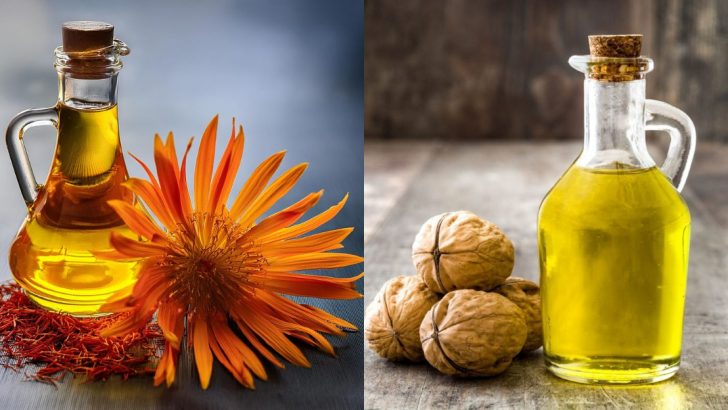Because setting off the smoke alarm is not the kind of kitchen drama we’re after. Not all cooking oils are created equal—some can handle the fiery wrath of your stovetop, while others turn bitter, smoky, or even harmful when reheated.
Whether you’re frying, sautéing, or just trying not to ruin your stir-fry, knowing which oils to use (and which to avoid at high temps) is key.
Here’s the sizzling truth: 12 oils you should never reheat (unless you enjoy acrid flavors and questionable health choices) and 4 sturdy ones that laugh in the face of high heat.
1. Flaxseed Oil – A No-Go For Heat
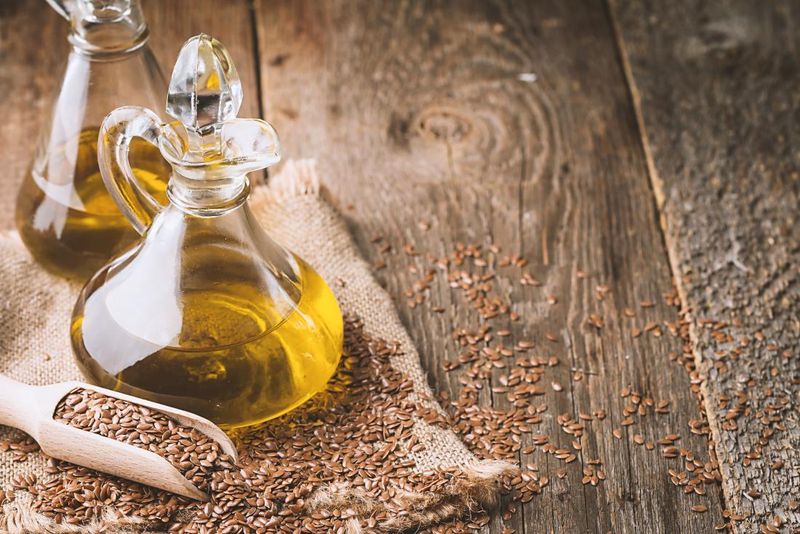
Packed with omega-3s but absolutely terrible for heating! Flaxseed oil oxidizes faster than a vampire in sunlight, creating harmful compounds when exposed to high temperatures.
Though excellent for drizzling over finished dishes, this delicate oil becomes potentially toxic when reheated. Keep it cool and your body will thank you!
2. Walnut Oil’s Heating Nightmare

Imagine paying a premium for a rich, nutty oil only to find it goes bitter and may release harmful compounds once reheated.
The polyunsaturated fats in walnut oil simply can’t withstand repeated heating.
Reserve this gourmet oil for finishing touches on salads or cold dishes. Its delicate flavor profile deserves better than the destructive effects of reheating!
3. Sesame Oil Reheating Dangers
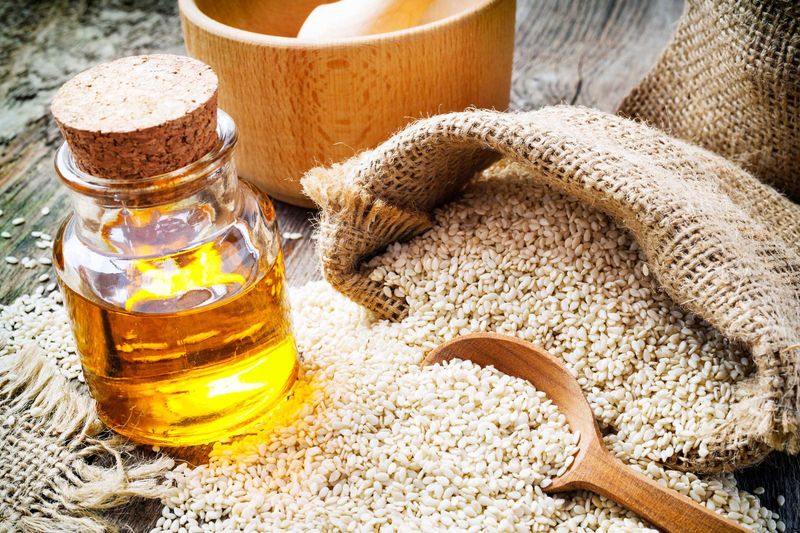
Ever catch that acrid smell when reheating sesame oil? That’s your warning sign! This flavorful Asian cooking staple has a relatively low smoke point, making it unsuitable for multiple heatings.
Hence, it’s best used as a finishing oil or in single-use cooking scenarios. The distinctive flavor becomes unpleasantly bitter when pushed beyond its limits. Try adding it at the end of cooking instead!
4. Pumpkin Seed Oil’s Heat Sensitivity
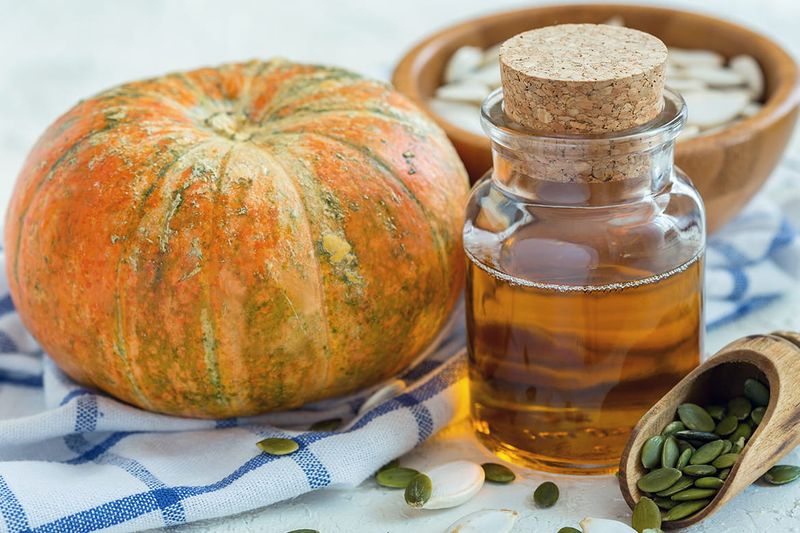
Holy smokes! Pumpkin seed oil might be a nutritional powerhouse, but its relationship with heat is downright toxic. The delicate compounds break down rapidly when reheated.
Where this oil truly shines is in cold applications – think salad dressings or drizzled over soups. Its nutty flavor profile deserves preservation rather than destruction through reheating. Share this tip with your health-conscious friends!
5. Grapeseed Oil’s Reheating Risks
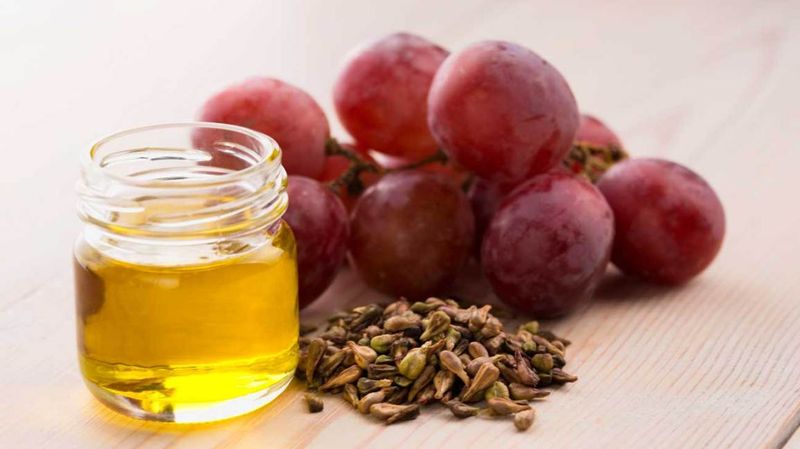
Despite its high initial smoke point, grapeseed oil harbors a dirty little secret – it’s loaded with polyunsaturated fats that degrade rapidly when reheated. These degraded compounds can potentially lead to increased inflammation.
However tempting it might be to reuse this seemingly stable oil, resist the urge! One-time cooking is the safest approach with this otherwise versatile kitchen staple.
6. Sunflower Oil’s Heating Hazards

Sunflower oil might seem innocent with its light flavor and high smoke point, but reheating creates a perfect storm of oxidation and free radical production. Yikes!
Though economical and widely available, this oil becomes potentially harmful when subjected to multiple heat cycles. If you’ve already heated it once, perhaps it’s time to bid it farewell rather than risking those harmful compounds.
7. Safflower Oil’s Repeated Heating Problem
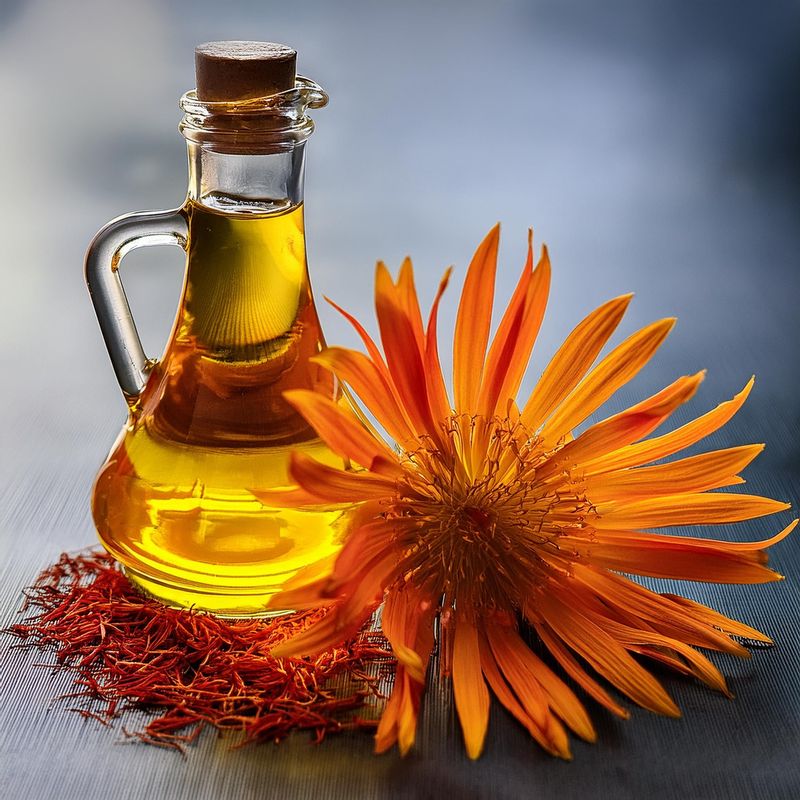
Beware the deceptively high smoke point of safflower oil! While it performs admirably during initial heating, this oil’s structure breaks down significantly during subsequent reheating cycles.
Loaded with polyunsaturated fats, safflower oil creates potentially harmful compounds when reheated. The once-neutral flavor can also develop unpleasant bitter notes. Better safe than sorry – use it just once!
8. Hazelnut Oil’s Heat Intolerance
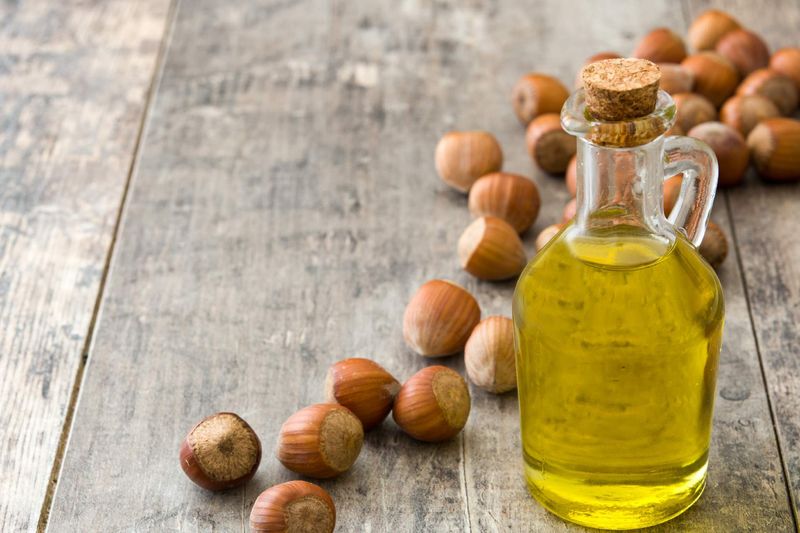
Luxurious hazelnut oil might enhance your dishes with its distinctive nutty aroma, but reheating this gourmet ingredient? Absolute kitchen blasphemy!
The delicate flavor compounds deteriorate rapidly when exposed to repeated heating. Not only does this waste your expensive oil, but it also creates potentially harmful oxidation products. Save this precious oil for cold applications where its flavor truly shines!
9. Hemp Seed Oil’s Heating Woes
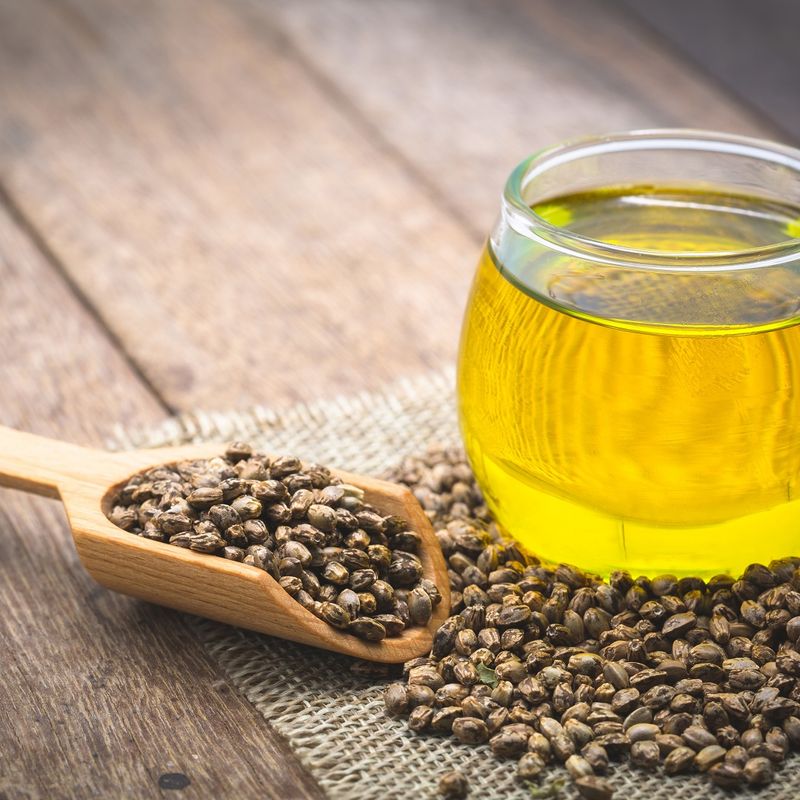
Jam-packed with beneficial omega fatty acids, hemp seed oil transforms from superfood to super-problematic when reheated. Its low smoke point (around 330°F) means rapid degradation when exposed to heat.
Though fantastic for salad dressings and cold applications, this green-tinted oil should never see the inside of a hot pan twice. The nutritional benefits simply aren’t worth the oxidative damage from reheating.
10. Corn Oil’s Reheating Dangers
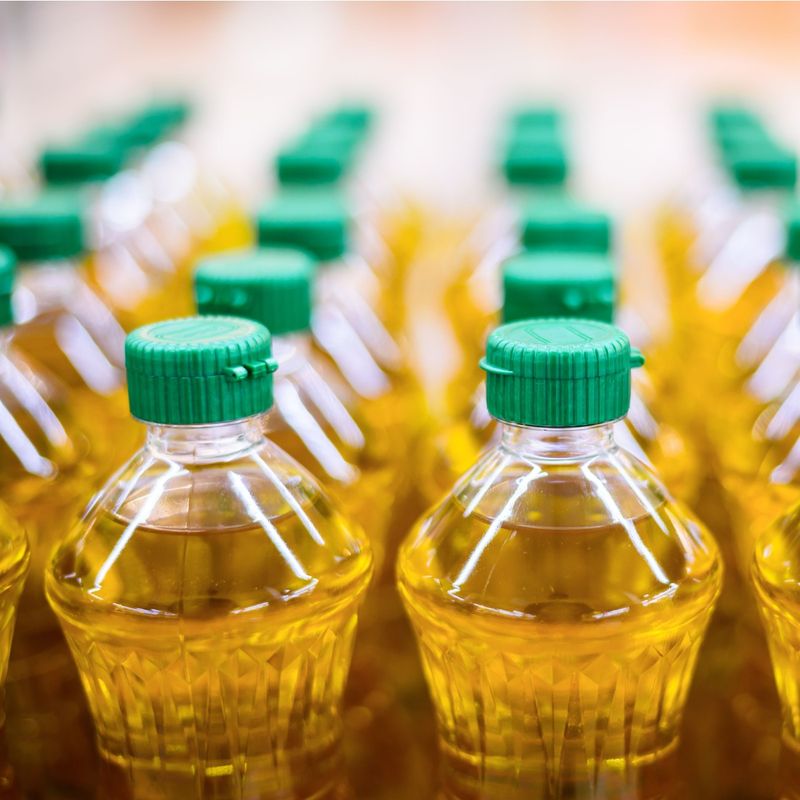
Shocking but true – despite its common use in deep fryers, corn oil becomes particularly problematic when reheated. The high percentage of polyunsaturated fats makes it vulnerable to oxidation and free radical formation.
Many restaurants unfortunately reuse corn oil multiple times due to cost considerations. At home, you can make the healthier choice by using it just once and then properly disposing of it!
11. Soybean Oil’s Reheat Risks

Found in countless processed foods, soybean oil might seem sturdy enough for reheating, but don’t be fooled! Its high polyunsaturated fat content makes it particularly susceptible to oxidation when heated repeatedly.
How concerning is this? Studies suggest these oxidized compounds may contribute to inflammation and other health issues. Give your body a break and avoid reheating this common cooking oil, no matter how economical it seems!
12. Canola Oil’s Heating Limitations

Marketed as heart-healthy, canola oil hides a troubling secret – it doesn’t hold up well to repeated heating cycles. The relatively high unsaturated fat content leads to significant degradation when reheated.
Though budget-friendly and widely used, this oil produces potentially harmful compounds when pushed beyond a single use.
Your cardiovascular system deserves better than repeatedly heated canola oil! Consider switching to more stable alternatives.
13. Avocado Oil – The Reheating Champion
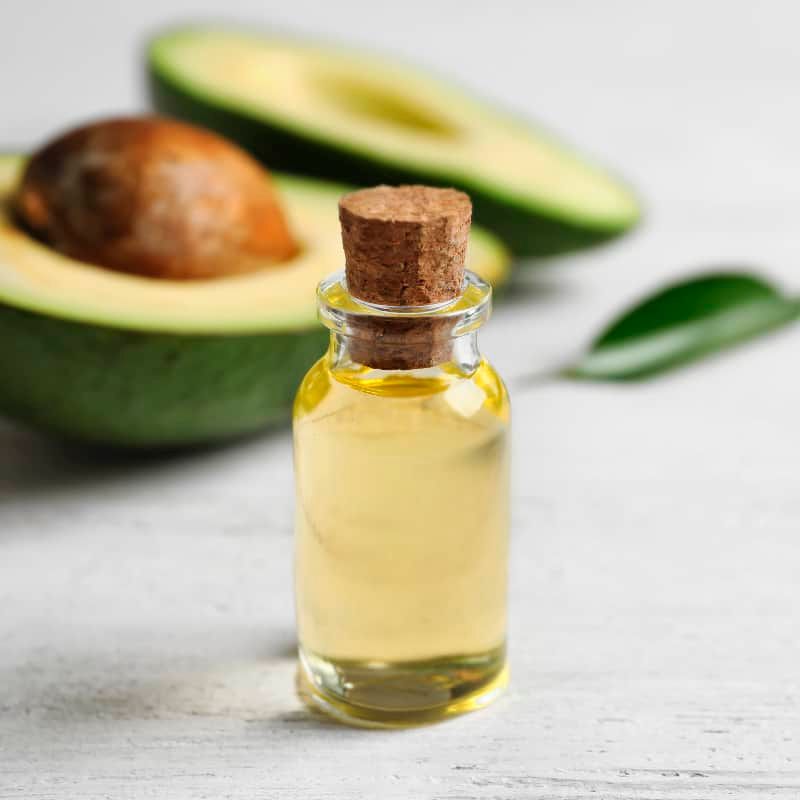
Hallelujah for avocado oil! With an impressive smoke point of around 520°F and high monounsaturated fat content, this green-tinted wonder remains stable through multiple heating cycles.
Unlike its fragile counterparts, avocado oil maintains its nutritional integrity when reheated. Though pricier than some options, its remarkable stability makes it cost-effective in the long run. Who knew this trendy oil was also a practical kitchen workhorse?
14. Coconut Oil’s Reheating Resilience
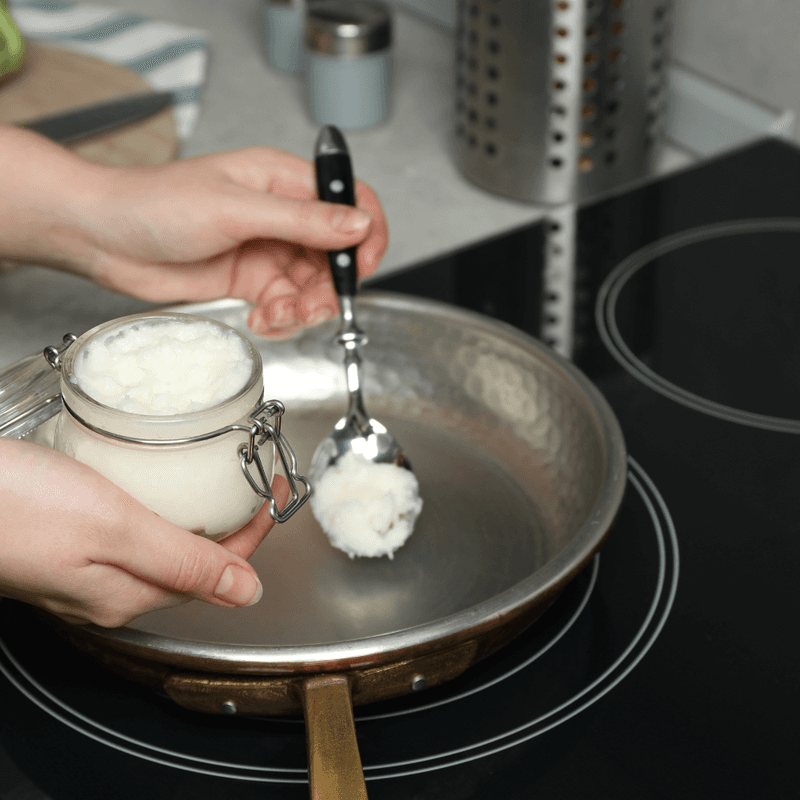
Praise be to the saturated fat content of coconut oil! This tropical staple stands firm against oxidation when reheated, thanks to its highly stable molecular structure.
Whether you’re frying, sautéing, or baking, coconut oil can handle multiple heating cycles without creating harmful compounds. The distinctive flavor might not work for every dish, but when it does, feel free to reheat with confidence!
15. Ghee’s Impressive Heat Stability

Move over, regular butter! Clarified butter (ghee) removes milk solids and water, creating a heat-stable wonder that can be reheated multiple times without breaking down.
With a remarkable smoke point of around 485°F, ghee maintains its rich, nutty flavor through repeated heating cycles. Ancient Ayurvedic wisdom was onto something – this golden liquid truly is liquid gold in the kitchen! Try it for multiple frying sessions.
16. Extra Virgin Olive Oil’s Surprising Durability
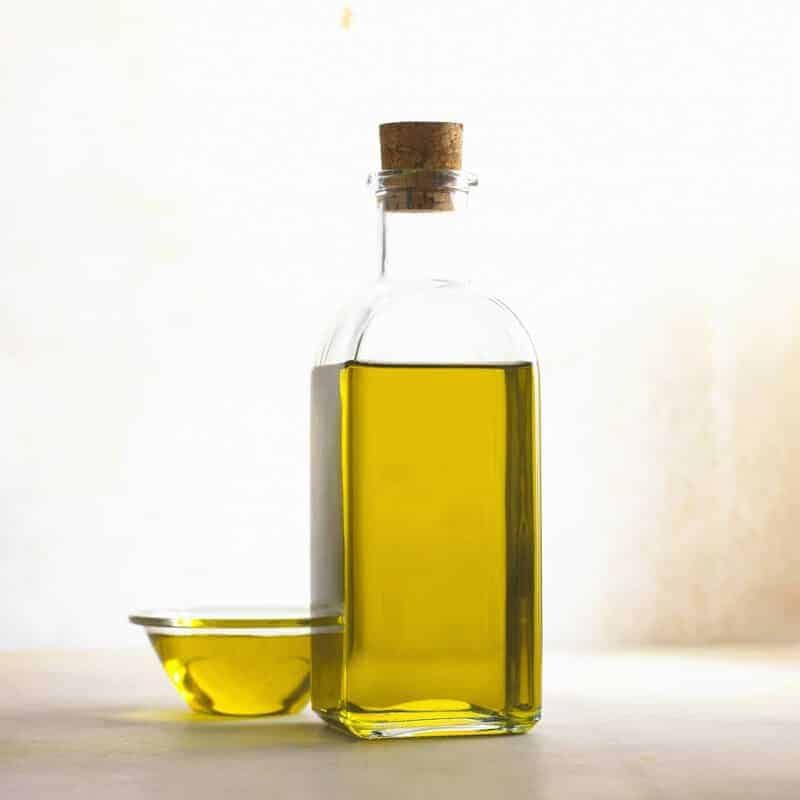
Contrary to popular belief, quality extra virgin olive oil shows remarkable stability when reheated! Recent research suggests its antioxidant compounds actually help protect it from oxidative damage during multiple heating cycles.
Though its smoke point isn’t the highest (around 375°F), EVOO’s unique polyphenol content provides protection against degradation. Just keep temperatures moderate, and this Mediterranean staple will serve you well through several uses!

